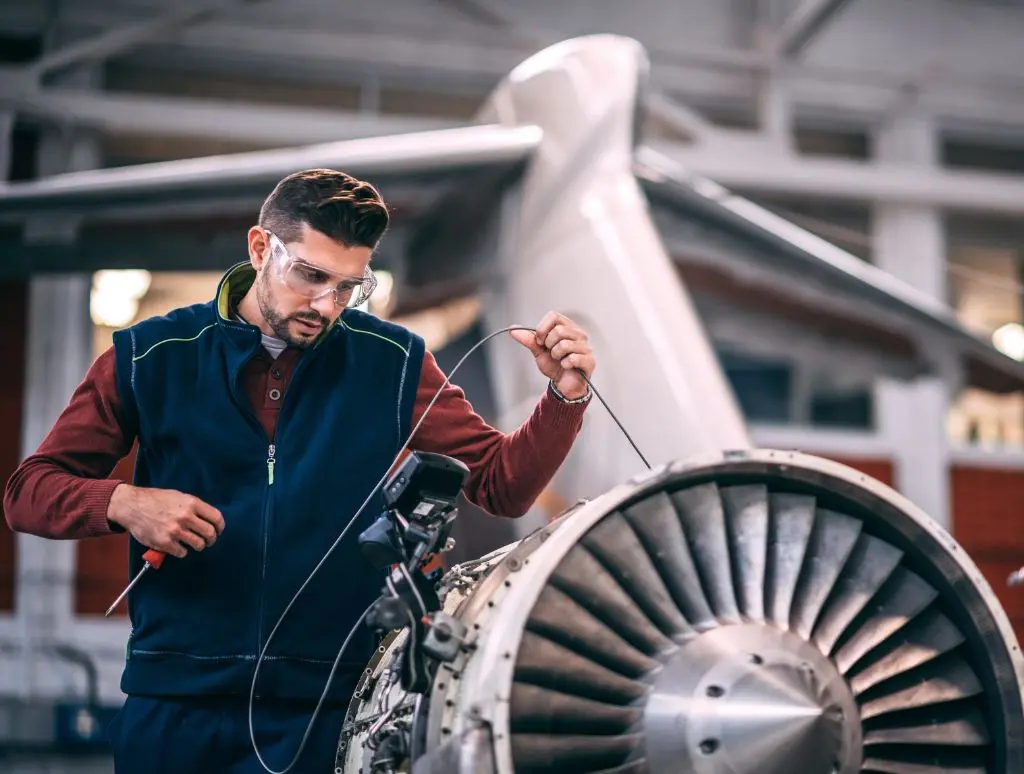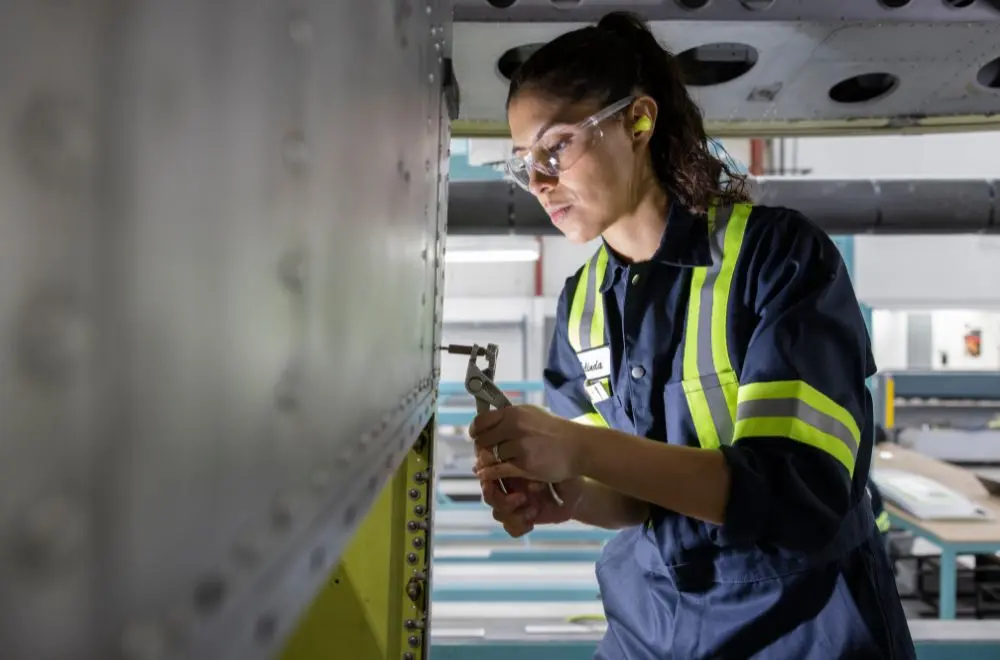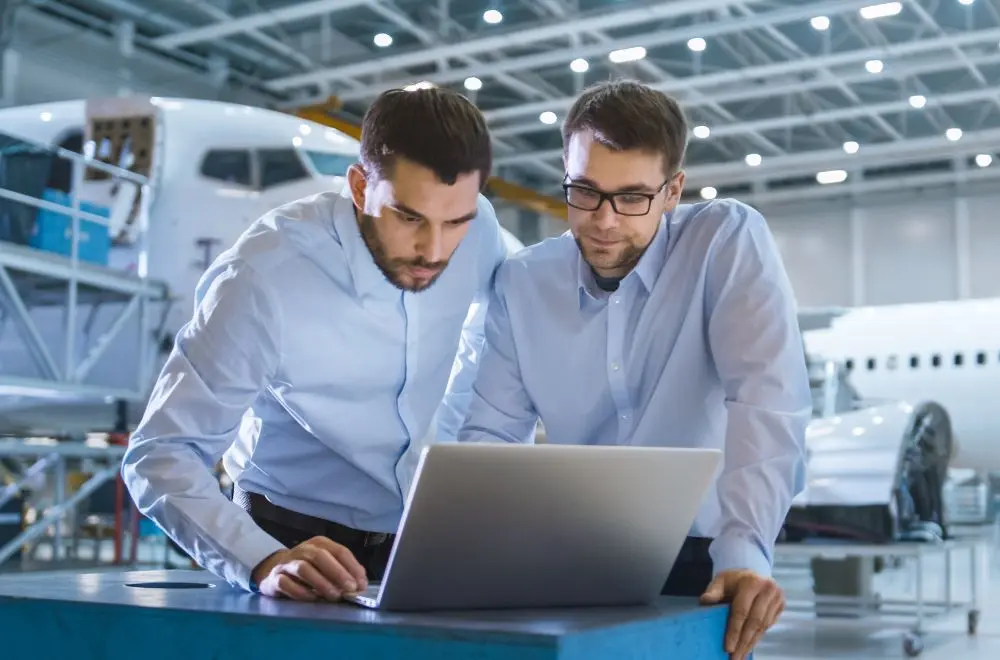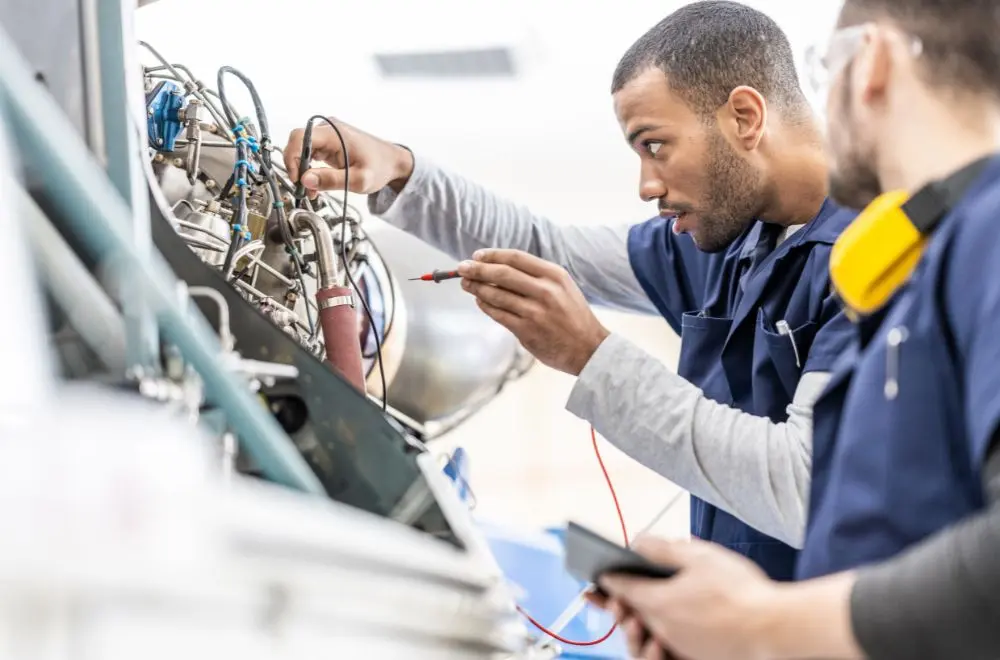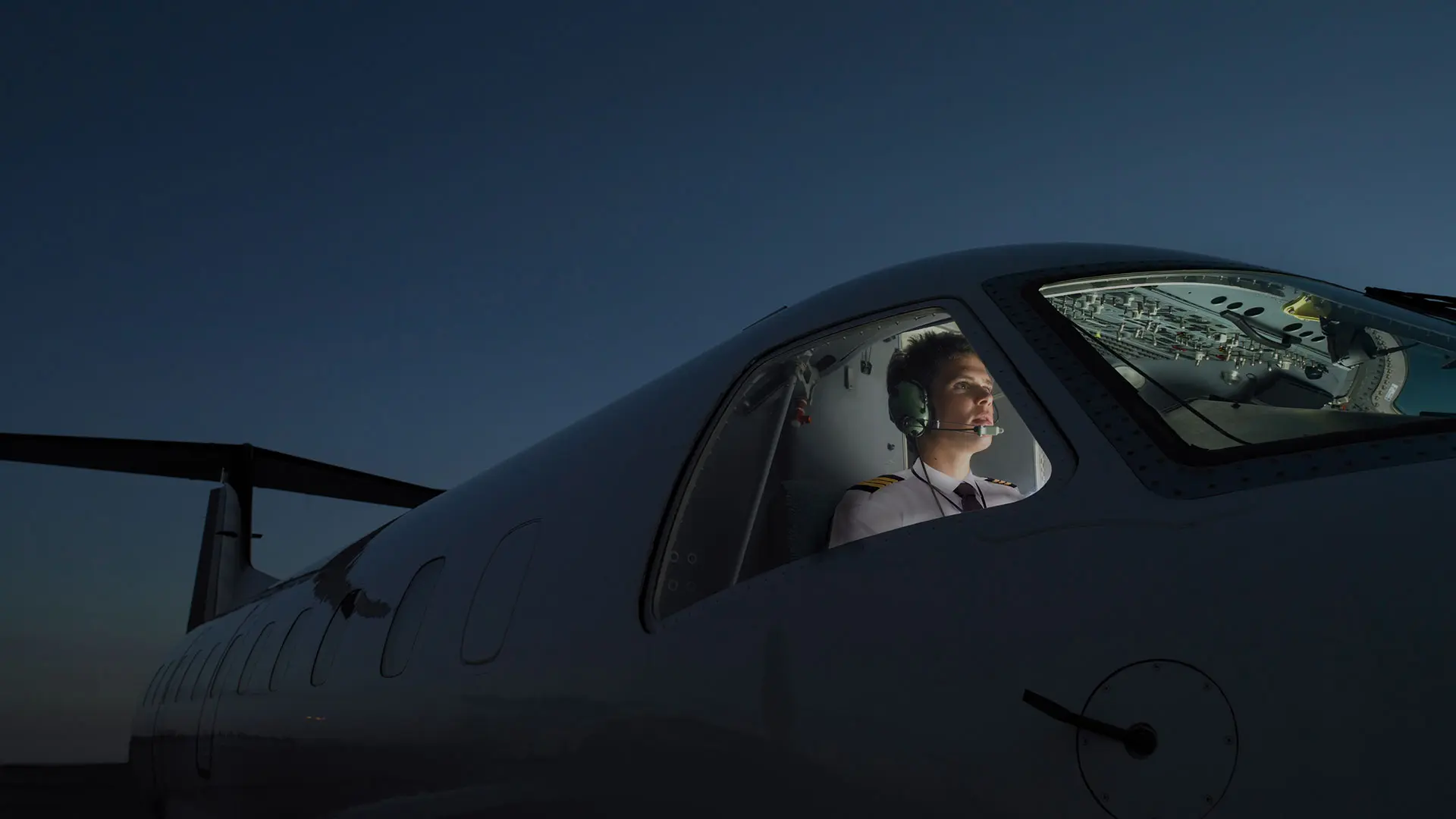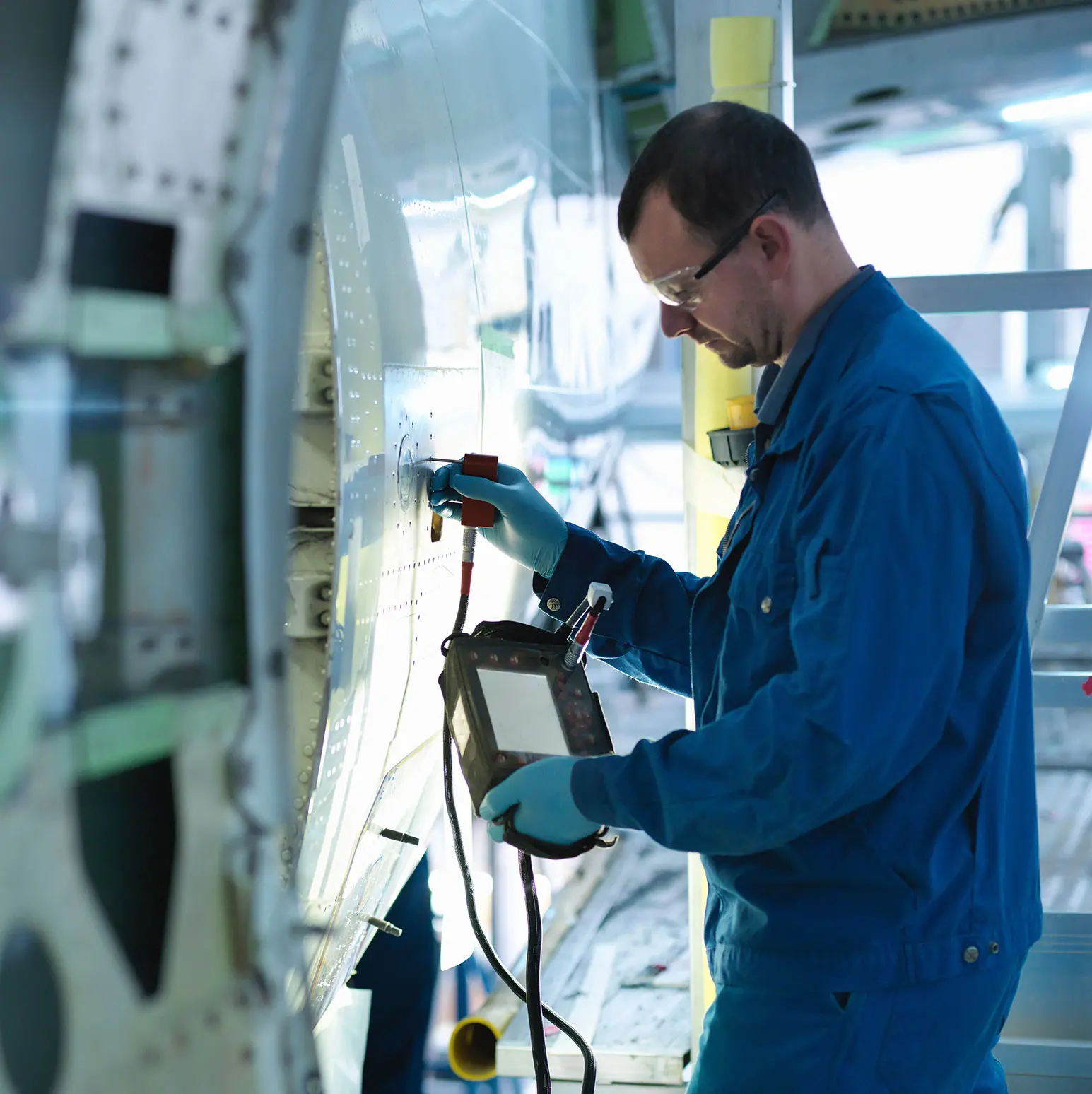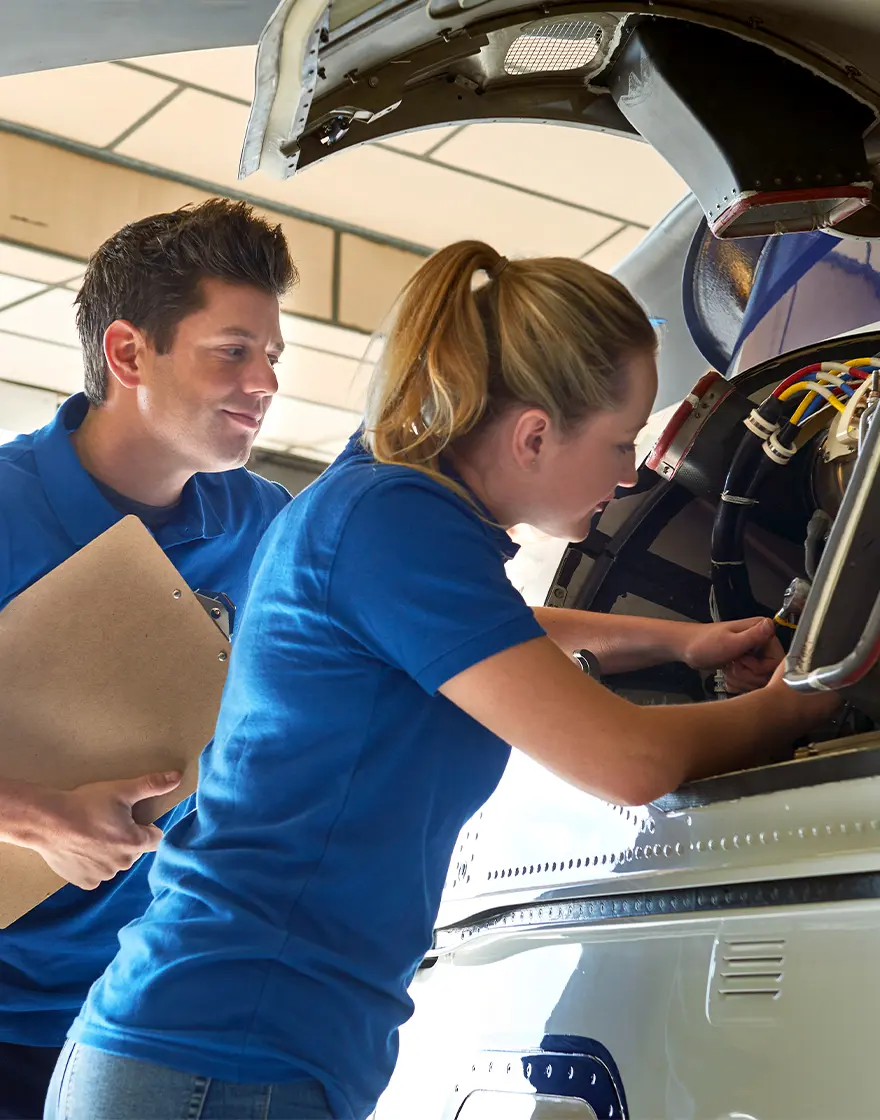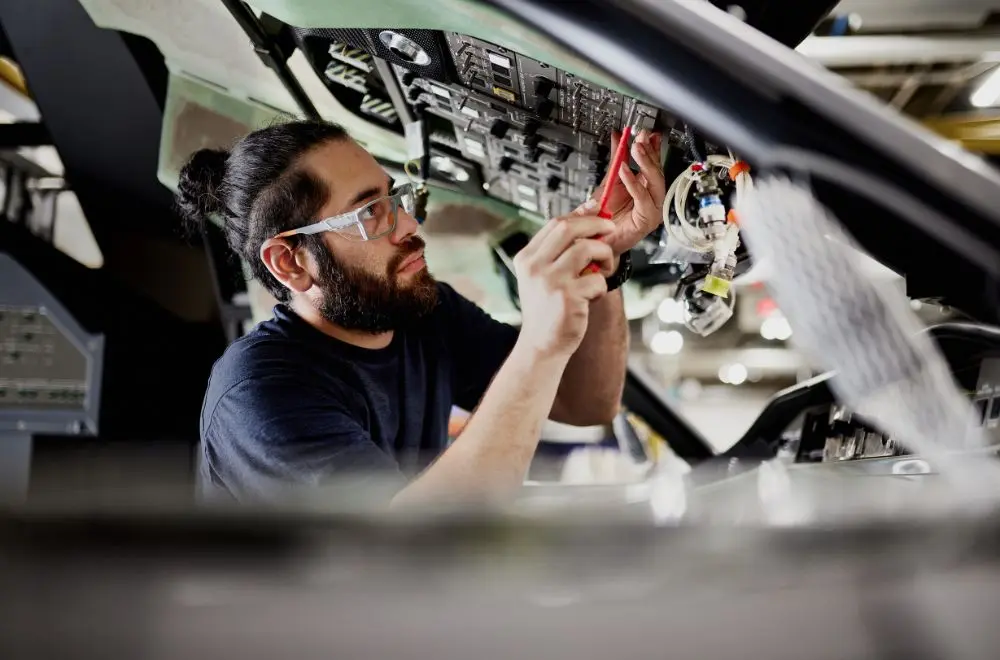Course Description
Aircraft differences courses offer a sharply focused, detail-oriented comparison of similar aircraft models that require separate type ratings. The focus is on systems that are significantly different between two aircraft models that otherwise share a large portion of other main, common systems.
The emphasis is on building upon what the student already knows about a particular aircraft model and filling the gaps relating to the new model. This comprehensive class is a suitable solution to introduce technicians to the recently acquired aircraft within your fleet.
Objectives
The Differences course provides maintenance personnel with cross maintenance qualification between the similar aircraft type variants by offering a description system differences, operation and component location. The course covers the associated avionic differences as well as the overall mechanical differences.




